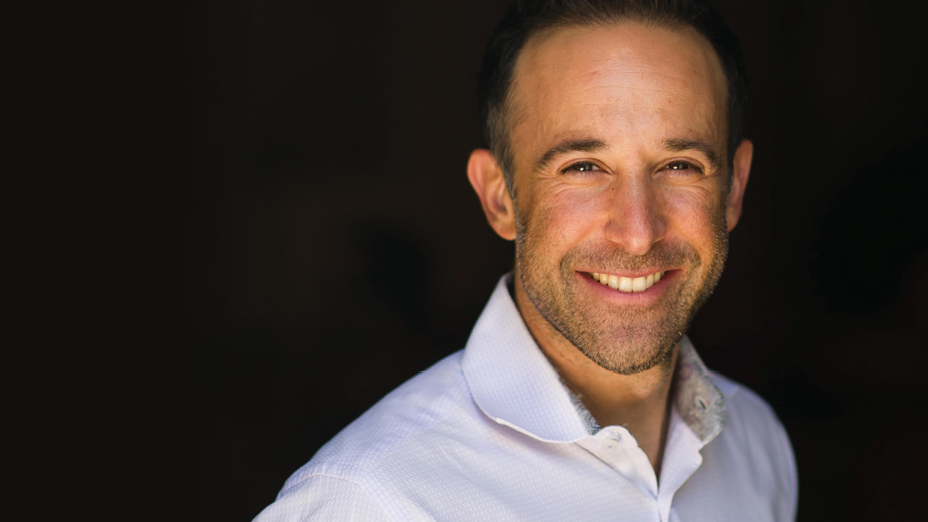We often think of leaders as powerful individuals who influence the industry and people directly linked to their business. But true leaders have a greater responsibility to consider the bigger picture and how they can affect, at different stages, the pipeline of their most valuable resource: people. And half of that resource? That would be women.
True leaders have a responsibility to consider how they can affect the pipeline of their most valuable resource: people
WXN recently hosted an event featuring one prominent leader of change through gender allyship: Ziauddin Yousafzai, Co-Founder and Chairman of the Board of the Malala Fund, and Special Advisor on Global Education at the UN. Most of the audience were familiar with his daughter Malala’s story of publically speaking out against the Taliban efforts in Swat Valley to ban the education of girls and the subsequent attack on her life. But, for some, Ziauddin’s voice was new.
He told stories about growing up in Pakistan, becoming an education activist and inspiring the next generation. For him, affecting change starts as early as one can imagine. Shortly after Malala was born, his cousin came over with a family tree which traced back 300 years. However, only males were listed, from root to branch. Ziauddin picked up a pen, drew a line out from his own name and wrote “Malala.”
In that place at that time, it was a shocking act. But his confidence in Malala grew with her abilities, and she became the first girl in the family to be educated. Now, she inspires people all over the globe to join the fight for equal education. “Using that education for the benefit of yourself and for the benefit of your community and country, that is the second stage,” he says. “Some people think they don’t care—they are educated, they are set. It’s not the end. It’s the beginning.”
In order to further Ziauddin’s initiatives and his organizations, WXN partnered with the MSCU Centre for Peace Advancement at Conrad Grebel University College at the University of Waterloo (which facilitates the Global Peace Centre Canada where Ziauddin serves as Honorary Chair) to establish The WXN-Yousafzai Award. Through this award, the WXN Foundation Scholarship Fund will provide $10,000 to create the opportunity for one female student from a conflict-affected country in the Master of Peace and Conflict Studies (MPACS) program this September.
The University of Waterloo is also rising to the challenge of increasing the pipeline of educated women in other ways. In September 2014, the UN Women launched the He for She campaign, famously championed by Harry Potter actress Emma Watson. Within that campaign is the 10x10x10 impact framework, involving 10 corporations, 10 heads of government and 10 university presidents. The University of Waterloo was invited to be one of the inaugural impact champions, leading them to make three commitments to advancing gender equity on campus: 1) increase the number of female students in their science, technology, engineering, mathematics outreach programs (STEM) from 20% to 33%; 2) increase the amount of female faculty on campus from 28% to 31%; and 3) increase the number of women in leadership positions from 24.5% to 29%--all by the year 2020.
“The goal of the campaign is to recognize that gender equity is not a women’s issue; it’s an everybody issue,” says Dr. Diana C. Parry, Associate Professor of Applied Health Sciences and Special Advisor to the President: Women’s and Gender Issues. Diana is heading up the campaign. “A key part is that we have leadership right from the top. Our impact champion is our President, Feridun Hamdullahpur, who is a key advocate for gender equity on our campus but really across Canada in terms of us being the only university who was invited to become a part of the UN’s impact 10x10x10.”
Gender Equality is not a women's issue; it's an everybody issue
The University’s strategy involves a variety of initiatives that utilize faculty champions, mentorship programs and steering committees. “One of our specific initiatives is to develop an annual graduate conference for women in STEM,” says Diana. “This would be an international conference to bring students involved in STEM from across the world to our campus to talk about the excellent research that’s done here, but also issues they face as students in STEM.”
However, Diana urges that it needs to start even earlier than post-secondary education. “We need to be [talking to] young girls, in grades 4 and 5, so that we instill in them an interest and a passion and a confidence that they can do STEM,” she says. “It’s not enough to look at our lack of women in STEM and think, what can we do about that now? We need to look at the pipeline of women who are in those positions and think, what can we do to build that pipeline? It can never be too early.”
To explore this issue of gender allyship at a different stage, the WXN Breakfast Series featured events on the topic of “The Power of Sponsorship”—already in Montreal to rave reviews, and upcoming in Toronto and Calgary this fall/winter. Unlike mentorship, sponsorship focuses on a closer working relationship between a senior executive to a more junior employee within the same company. Often, this pairing is male to female, which comes with a unique set of challenges, but also incredible benefits that arise from such a learning opportunity. Sharing knowledge and perspective—both ways in the relationship—is one way to build and support gender equality in leadership. The panel at each event is made up of two sponsor-protégé pairs from different organizations, along with a knowledgeable moderator. Our audiences have the opportunity to learn from the experiences of these panelists for their own career development, as well as take information back to their own organizations about how to find, navigate and make the most of this sponsor relationship.
At every stage—birth, grade school, early adulthood and rising professional success—leaders must invest in their community’s pipeline of education and development for both women and men. This is where progress comes from, where organizations wildly surpass the competition, where good leaders become great. “There are decades of research to demonstrate that diversity of thought and diversity of leadership only makes an organization or an institution more productive, more innovative, more creative and more effective,” says Diana. “We’re hoping to help facilitate and advance that goal.”





.png)

%20(1).png)

What Did You Think?